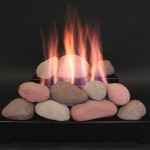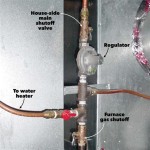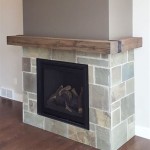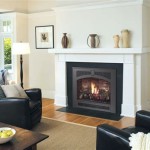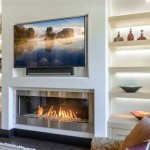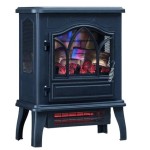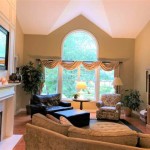Fireplace Wall Vent: Essential Aspects for Optimal Performance
A fireplace wall vent is a crucial component for ensuring the proper functioning of a fireplace. It serves several essential purposes that contribute to the safety, efficiency, and ease of use of your fireplace.
Purpose and Functions
The primary function of a fireplace wall vent is to provide an outlet for combustion gases to escape from the fireplace. As wood or other fuels burn, they release gases, including carbon monoxide, smoke, and other byproducts. The wall vent allows these gases to be safely discharged outside the living space, preventing them from accumulating indoors.
Additionally, the wall vent helps regulate airflow within the fireplace. It provides an opening for fresh air to enter and mix with the combustion gases, ensuring complete and efficient burning. This optimal airflow helps prevent soot and creosote buildup in the chimney and flue, reducing the risk of chimney fires.
Types of Wall Vents
There are several types of fireplace wall vents available, each with its own advantages and disadvantages. Common types include:
- Round vents: Circular vents that are typically installed flush with the wall.
- Square vents: Rectangular vents that provide a larger opening for airflow.
- Louvered vents: Vents with adjustable louvers that allow for manual control of airflow.
- Damper vents: Vents with a built-in damper that can be opened or closed to regulate airflow.
Installation and Maintenance
Proper installation and maintenance of the fireplace wall vent are essential for its effective functioning. Here are some key considerations:
- Installation: The wall vent should be installed according to the manufacturer's instructions and local building codes. Ensure it is positioned at the correct height and location to provide adequate airflow.
- Maintenance: Regularly clean the wall vent to remove soot, debris, and any obstructions. Inspect the vent and its components periodically for any damage or deterioration.
Choosing the Right Vent
When selecting a fireplace wall vent, consider the following factors:
- Fireplace type: Different fireplace designs may require specific types of vents.
- Airflow requirements: Determine the size of the vent based on the fireplace's heat output and fuel type.
- Style and design: Choose a vent that complements the aesthetic of your fireplace and room.
Consulting with a qualified fireplace professional can help you make the best choice for your fireplace and heating needs.
Gas Fireplace Venting Explained Heat Glo

Vent Cover Set 9x80 Cm 3x For Fireplace With Straight Glass Pane Kratki
Gas Fireplace Venting Explained Heat Glo

Icc Direct Vent Gas Venting Insulated Wall Thimble

One6 Vf SÓlas Contemporary Fireplaces

How Direct Vent Fireplaces Work

SÓlas Twenty6 Wall Mount Direct Vent Gas Fireplace Toronto Home Comfort

Recessed Or Wall Mount Electric Fireplace Installations Explained Touchstone Home S Inc

Wall Mounted Gas Fireplace Vent Inspecting Hvac Systems Internachi Forum

What Is A Direct Vent Fireplace Fireplaces Learning Center
Related Posts

